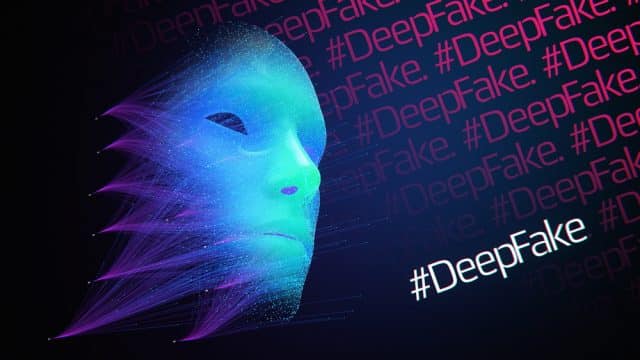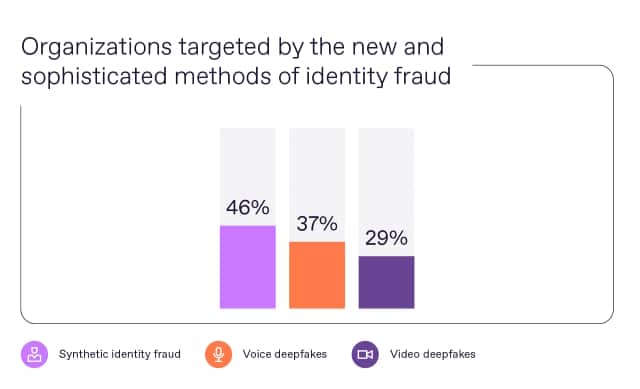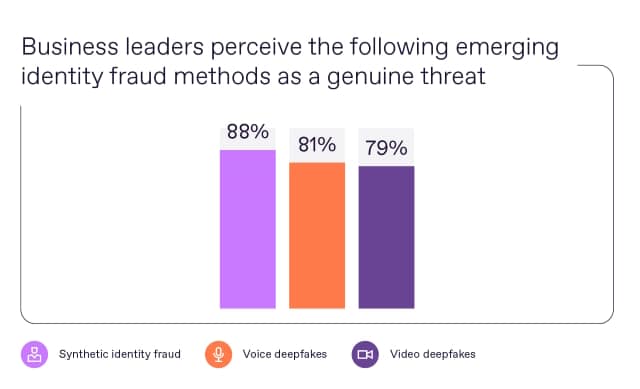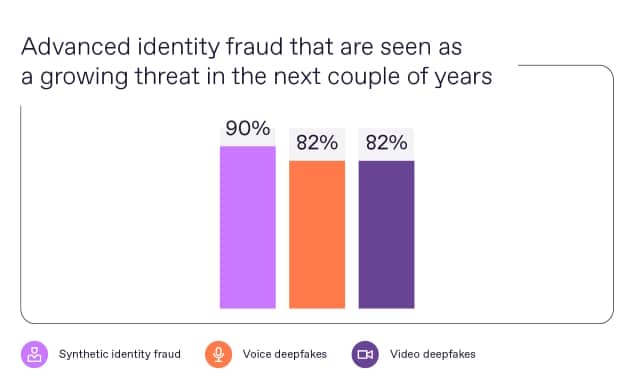Deepfake fraud hits a third of businesses

Deepfake fraud is on the rise, with 37 percent of organizations experiencing voice fraud and 29 percent falling victim to deepfake videos, according to a survey by identity verification specialist Regula.
Fake biometric artifacts like deepfake voice or video are perceived as real threats by 80 percent of companies, with businesses in the USA most concerned, about 91 percent of organizations considering them to be a growing threat.
"AI-generated fake identities can be difficult for humans to detect, unless they are specially trained to do so. While neural networks may be useful in detecting deepfakes, they should be used in conjunction with other antifraud measures that focus on physical and dynamic parameters, such as face liveness checks, document liveness checks via optically variable security elements, etc. Currently, it is difficult or even impossible to create deepfakes that display expected dynamic behavior, so verifying the liveliness of an object can give you an edge over fraudsters. In addition, cross-validating user information with biometric checks and recent transaction checks can help ensure a thorough verification process," says Ihar Kliashchou, chief technology officer at Regula.
Deepfakes aren't the only problem, the survey shows 46 percent of organizations globally have experienced synthetic identity fraud in the past year. Also known as 'Frankenstein' identity, this is a type of scam where criminals combine real and fake ID information to create totally new and artificial identities then use them to open bank accounts or make fraudulent purchases. 92 percent of companies in the banking sector see synthetic fraud as a real threat, and almost half (49 percent) have recently come across this scam.
You can get the full report on the Regula site and there's an overview of the deepfake findings in the infographic below.



Image credit: dkcreative/depositphotos.com
